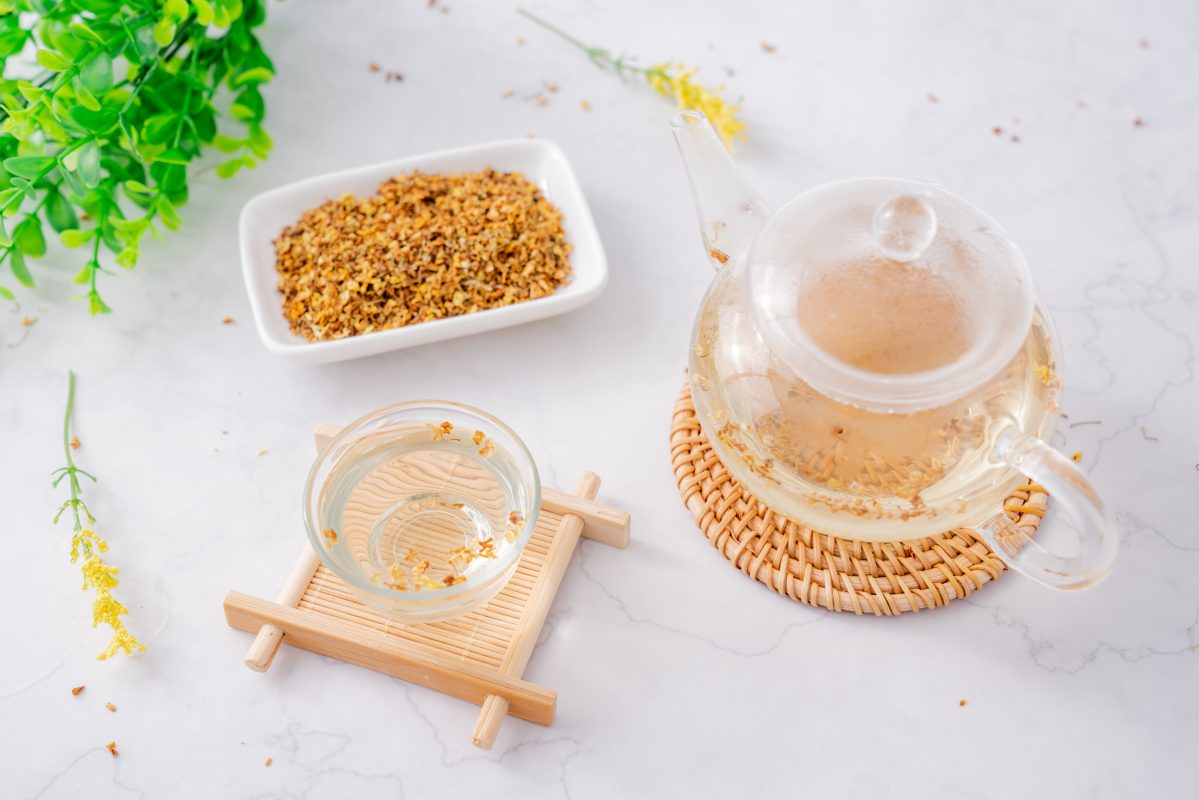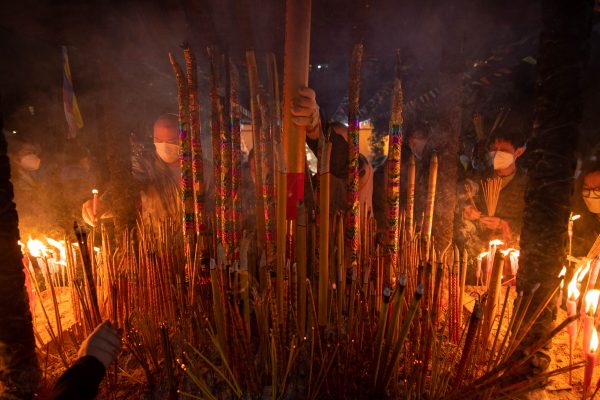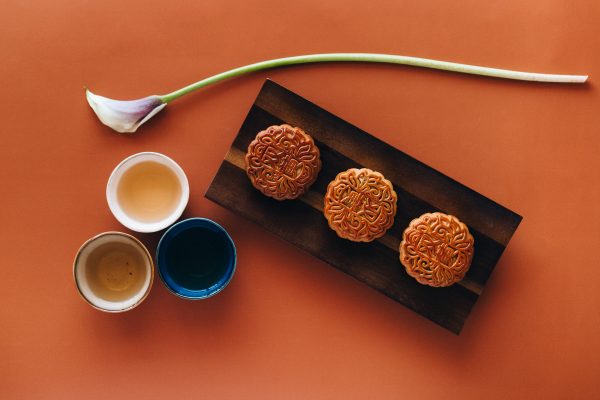
(source: HKCNA)
Mid-Autumn Festival, when the Chinese celebrate the full moon on the 15th day of the 8th month on the Lunar Calendar, happens to fall on September 10th this year. The Mid-Autumn Festival is generally acknowledged as one of the four most important Chinese festivals.
There are many ways to celebrate this meaningful holiday, such as gathering with friends and family, worshipping the moon, and making or buying pretty lanterns. Mid-Autumn Festival also celebrates the harvest thus food is a must-have custom, especially at a family gathering.
Here are the 10 most popular Mid-Autumn Festival foods we’d like to recommend to you. Each of them has a meaning symbolizing Chinese people’s best wishes.
1.Mooncake — the Must-Eat Food
The festival is all about moon appreciation. The round mooncakes in the shape of a full moon are the most important delicacies for they symbolize the happiness of family reunions.
The tradition of mooncakes originated in the Tang Dynasty (618-907 AD) and, over the subsequent centuries, solidified its place in Chinese culture.
Mooncakes used to be made at home but not anymore, now they are mass-produced and sold on major shopping platforms in bulk around this time of year. Friends and family members usually gift each other with carefully packaged boxes of mooncakes to share joy and blessings. So don’t miss this once-a-year treat.
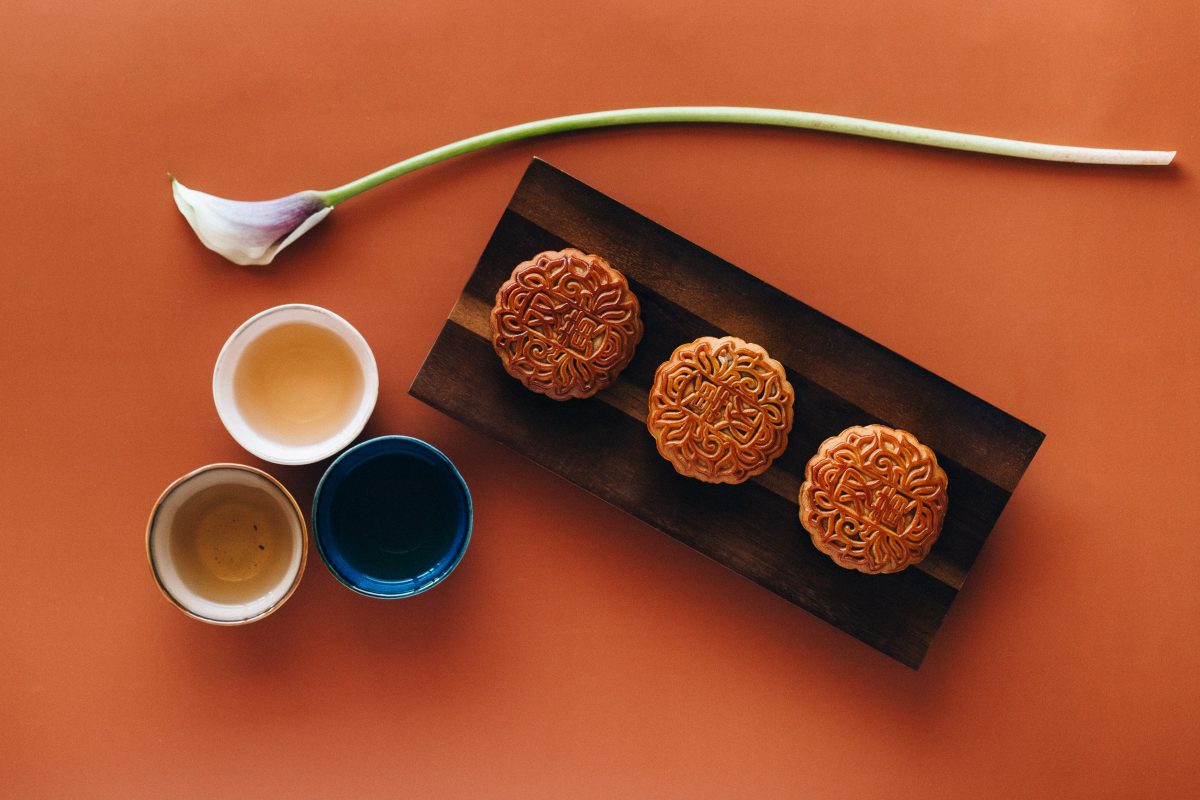
2.Duck — Related to a Folk Tale
Ancient Chinese medical wisdom summarizes that eating duck in the dry autumn could moisten the lungs and throat. And after growing for more than half a year, ducks in the eighth lunar month are neither too fat nor too thin, thus tasting the best in a year. Each region prepares the duck in its signature way. In Fujian, they cook the duck with Taro, and in Jiangsu, the signature way to prepare it is to barbecue and salt it, adding osmanthus. Sichuan people like the smoked duck that is browned and salty.
The classic Nanjing style is well-liked by everyone because of its crispy skin and tender meat. The custom of eating duck was instrumentalized during the revolt in Yuan Dynasty, when the dissidents took duck as a signal to take action and overthrow their oppressive rulers during the Mid-Autumn Festival. Later, duck became a Mid-Autumn Festival food all over China.
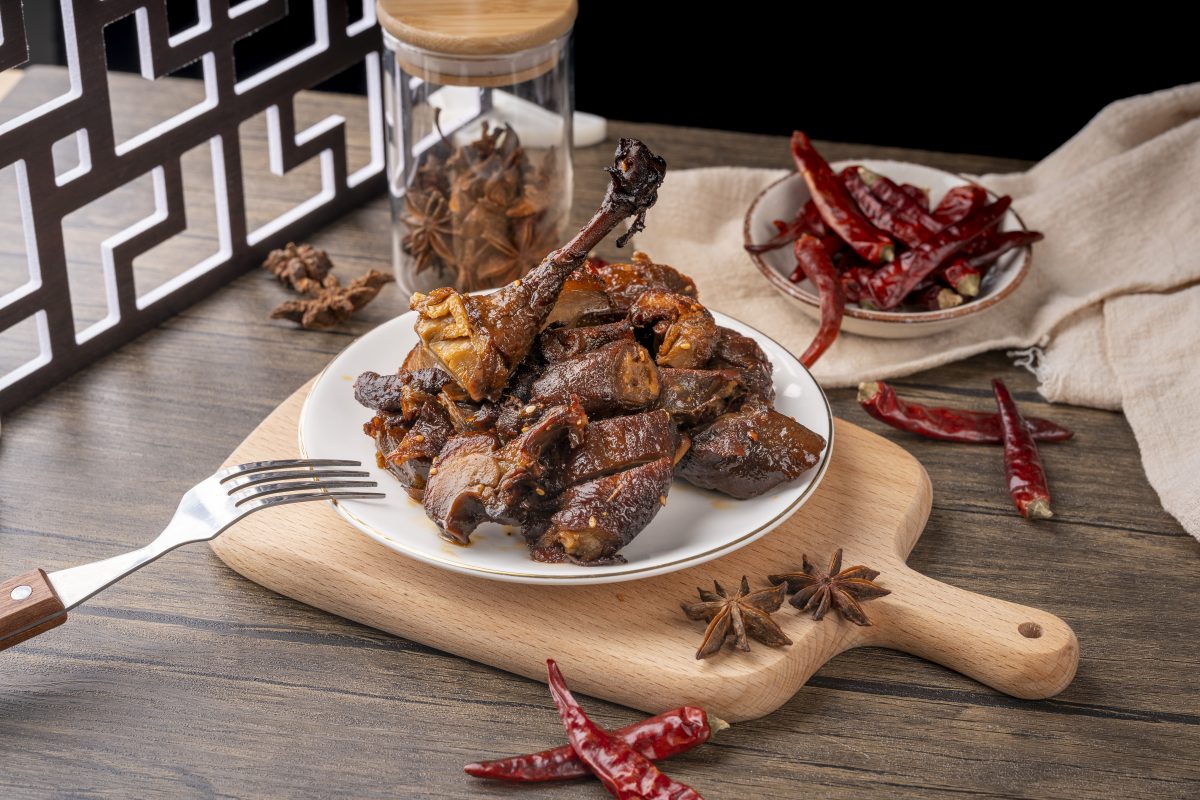
3. Pumpkins — Bringing Good Health
The tradition of eating pumpkin during the Mid-Autumn Festival dates back to ancient China when poor people couldn’t afford Mooncakes and had to eat pumpkin instead. Since then, the tradition passed down and the pumpkin was also endowed with the good meaning of health. The literal translation of Pumpkin in Chinese is “Southern Melon” which stemmed from a folk legend — a girl found a weird gourd in the Southern Mountains to feed her dying grandparents and eventually saved them.
Rich in dietary fibers and carotenes, pumpkin can lower blood sugar and blood fat, relax the bowels and moisturize the skin in the dry climate of autumn. It makes the Mid-Autumn Festival dinner richer and healthier than greasy meat dishes.
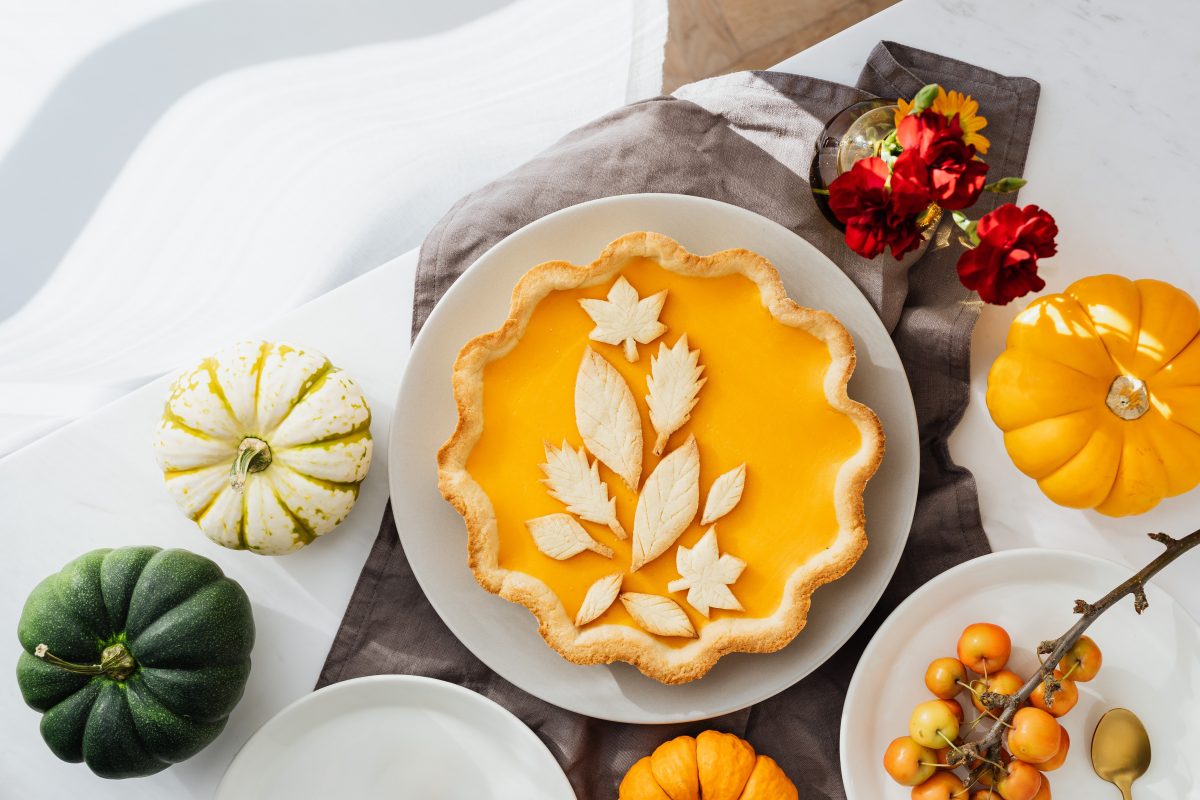
(source: HKCNA)
4. Hairy Crab — A Seasonal Festival Delicacy
Hairy Crab is a Shanghai specialty for Mid-Autumn Festival because these crabs are “in season” in September and October. Around this time of the year, the crabs are getting ready to lay their eggs, which makes them the tastiest according to the local foodies. They are popular for being high in amino acids and protein. These steamed crabs go great with ginger and vinegar at family gatherings to celebrate the holiday.
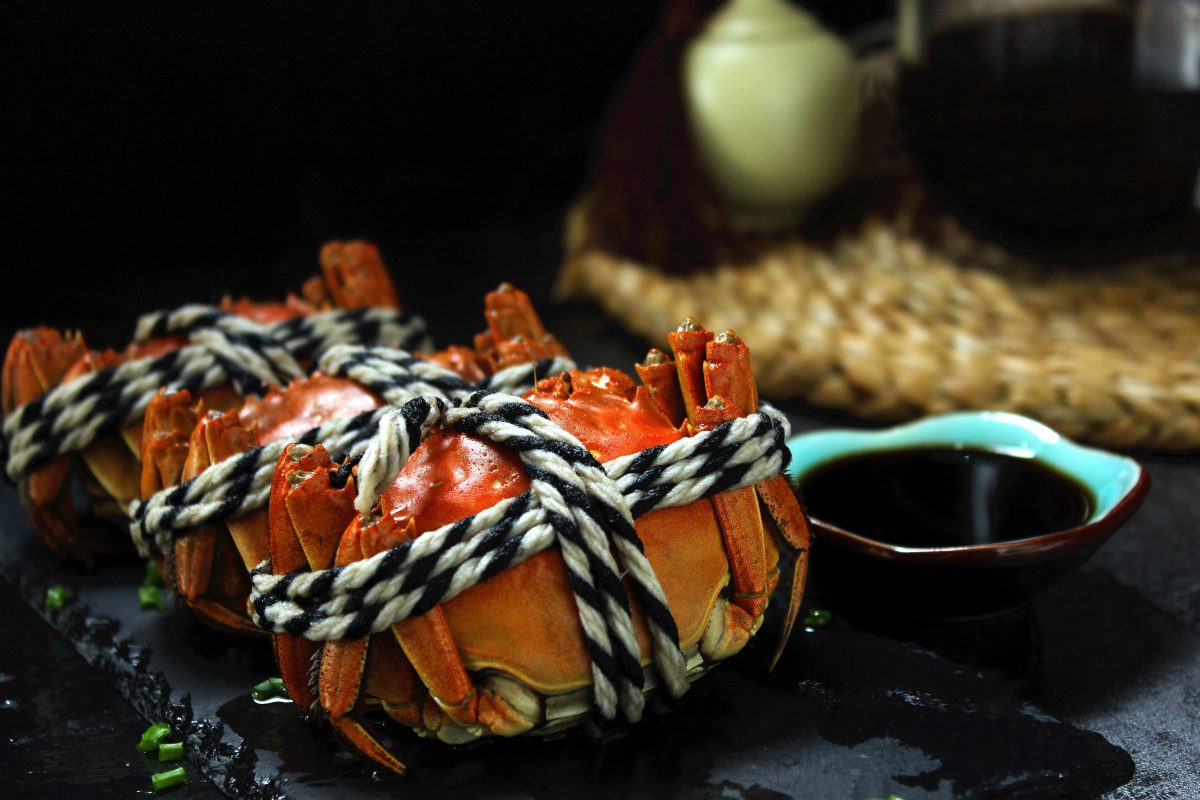
5. Pomegranates — A Symbol of Fertility
Newly harvested around the Mid-Autumn Festival, pomegranate is juicy and tastes sweet, and could not be better to eat in the dry autumn. More importantly, the rich crystal seeds of pomegranate are related to fertility in the local culture, therefore, the Chinese, especially married women who have not been conceived, would eat pomegranates to pray for babies. In addition, as a Chinese Mid-Autumn Festival food, pomegranates are one of the sacrifices of worshipping the moon to pray for long life, reunion, and auspiciousness.
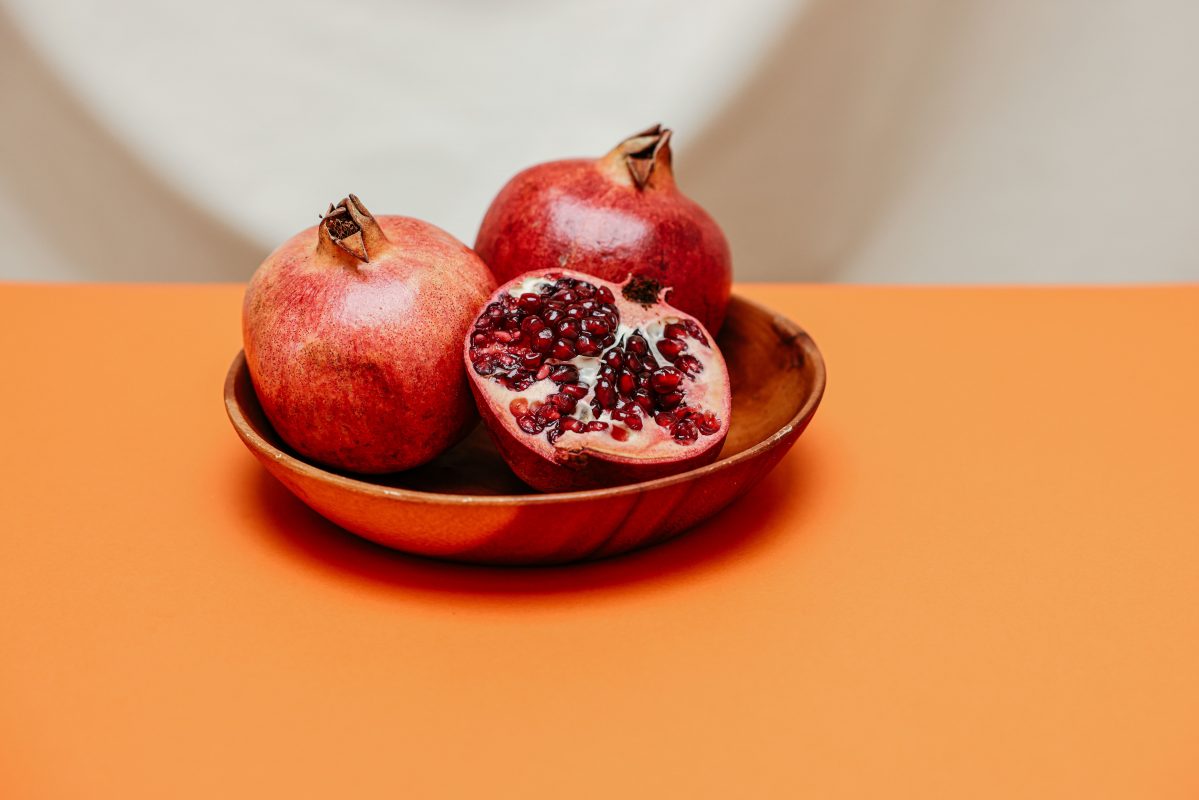
6. Lotus Roots — Symbolizing Strong Family Bonds
Lotus root harvesting falls around the time of the Mid-Autumn Festival every year. It is an auspicious food due to its unique texture and name, which means ‘relationship’ and a ‘pair’. Its delicate fibrous threads symbolize the strong bonds of families. As the weather begins to get colder, lotus roots provide essential minerals and vitamins which help increase appetite and keep you healthy. A classic dish of steamed lotus root with glutinous rice and honey will lead you to a healthy and good life.
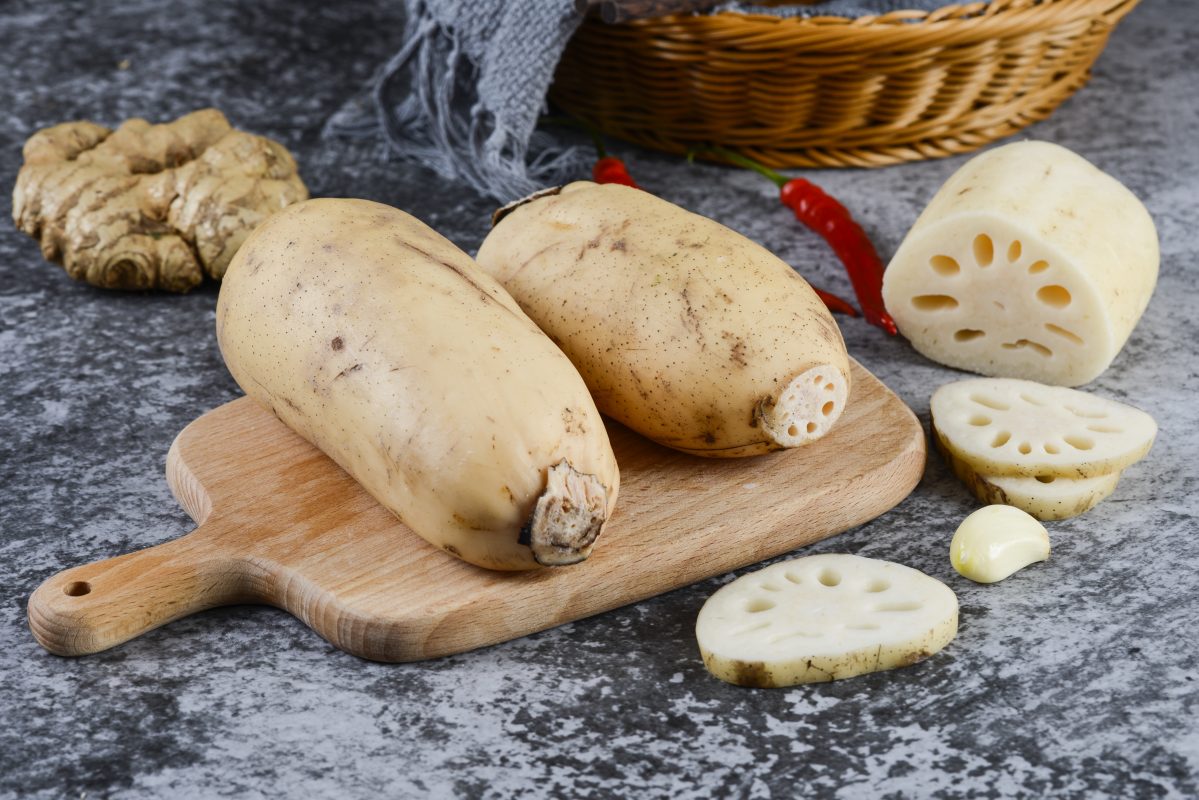
7. River Snails — Assuring a Good Harvest
Traditionally, river snails are an indispensable food for a Mid-Autumn Festival dinner in Guangzhou and Hong Kong. Snails are plentiful in southern China because of the warmer climate, tons of small rivers, and rice paddies. They are usually cooked with Chinese medicinal herbs to get rid of their unpleasant smell. Eating river snails during Mid-Autumn Festival is believed to assure a good harvest, drive away bad luck, as well as bring about health benefits, such as brightening the eyes.
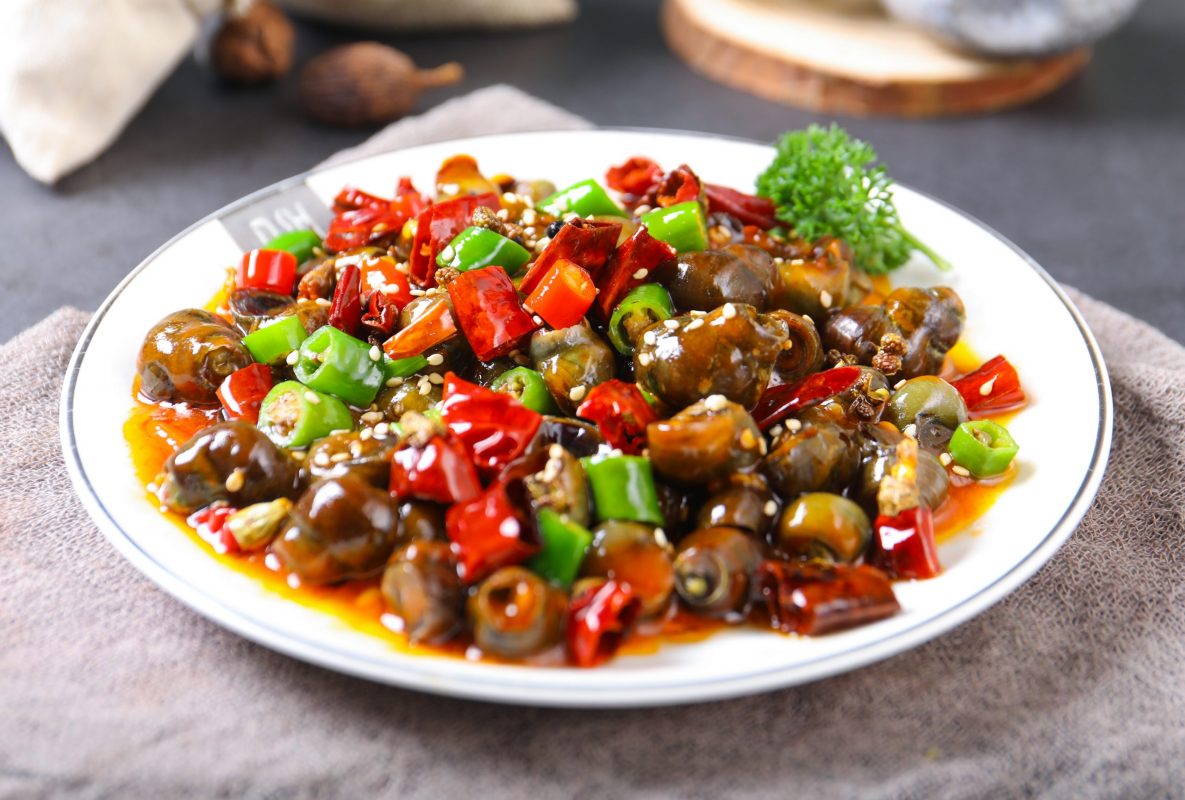
8. Taro — Bringing Good Luck to you
Eating Taro, the purple sweet potato, for Mid-Autumn Festival dates back to the Qing Dynasty because in the Jiangsu and Zhejiang dialects of Chinese “taro” sounds like “luck is inside.” Eating taro is believed to bring you good luck and fortune during the year while expelling bad luck. Like a potato, Taro after peeled, is often boiled or streamed to serve as a staple food.
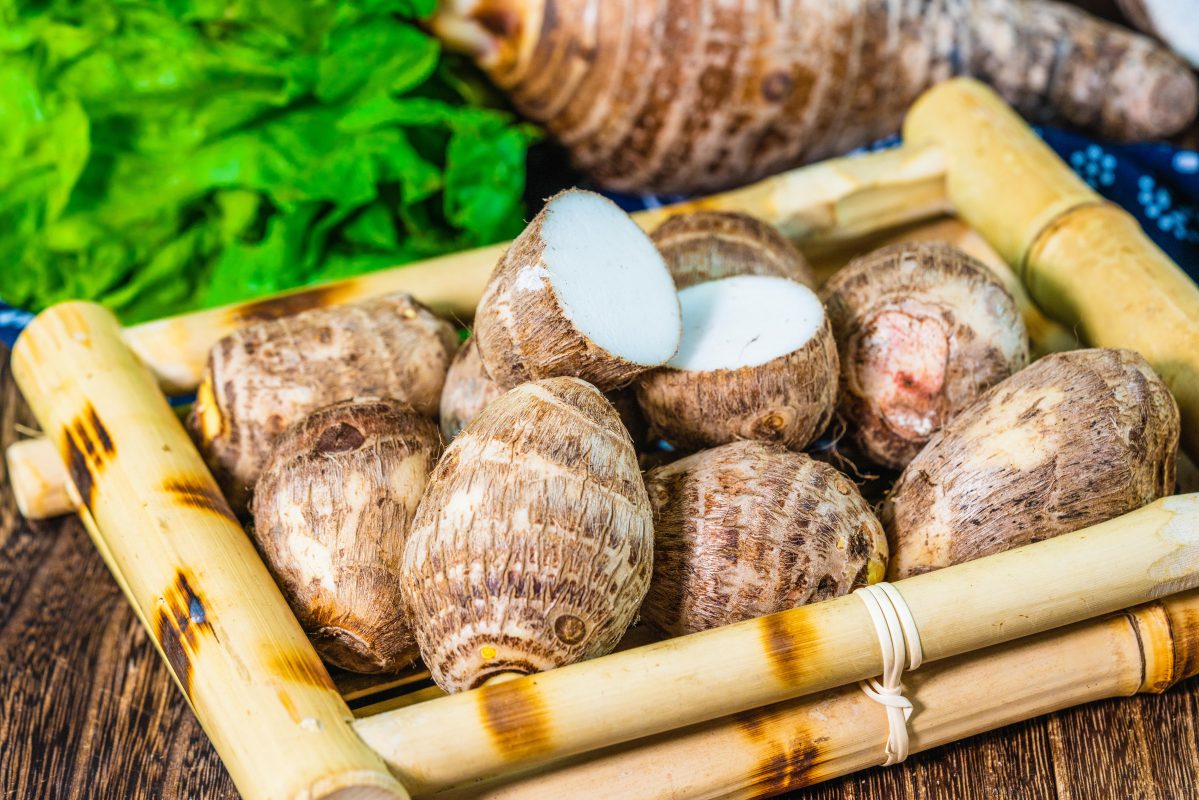
9. Pears — Invoking a Forever Reunion
Another popular fruit eaten during the Mid-Autumn Festival is the pear. A traditional belief prohibits giving or sharing pears with your loved ones for fear of separation in the future. This is because the Mandarin phrases “sharing a pear” (分梨) and “to separate” (分离) are both pronounced as fēn lí. Because the pears were given the symbolic meaning of separation, you eat them in the hope of avoiding separations from your loved ones over the next year. Eating them implies you have a desire to reunite with people.
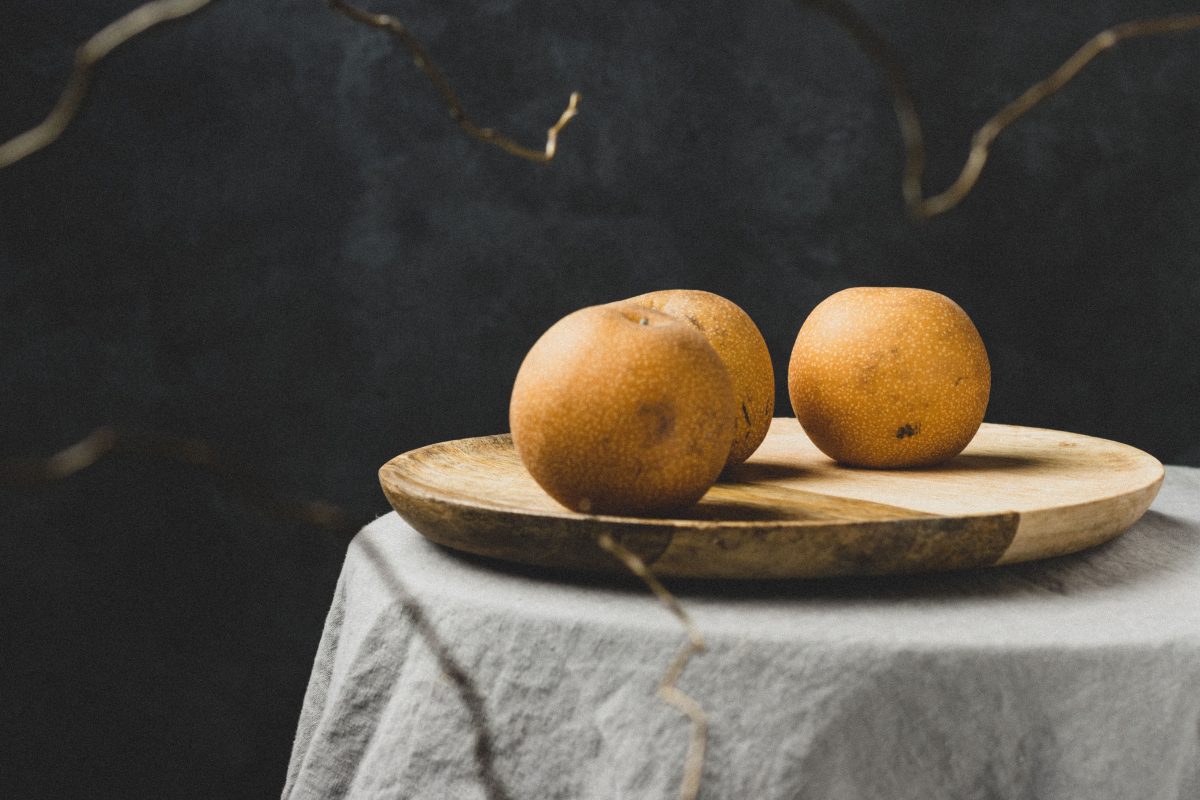
10. Osmanthus Wine — Sweet and Happy Life
Drinking wine fermented with osmanthus flowers has a long history in China for over 2000 years. In September and October, Osmanthus flowers are in full bloom, so they are in season to add to a variety of foods and drinks. Drinking wine signifies a family reunion and a happy life.
